READY TO GET STARTED?
REQUEST A FREE ESTIMATE
Fill out the form below or call (888) 466-7849 for a free, no-obligation estimate.
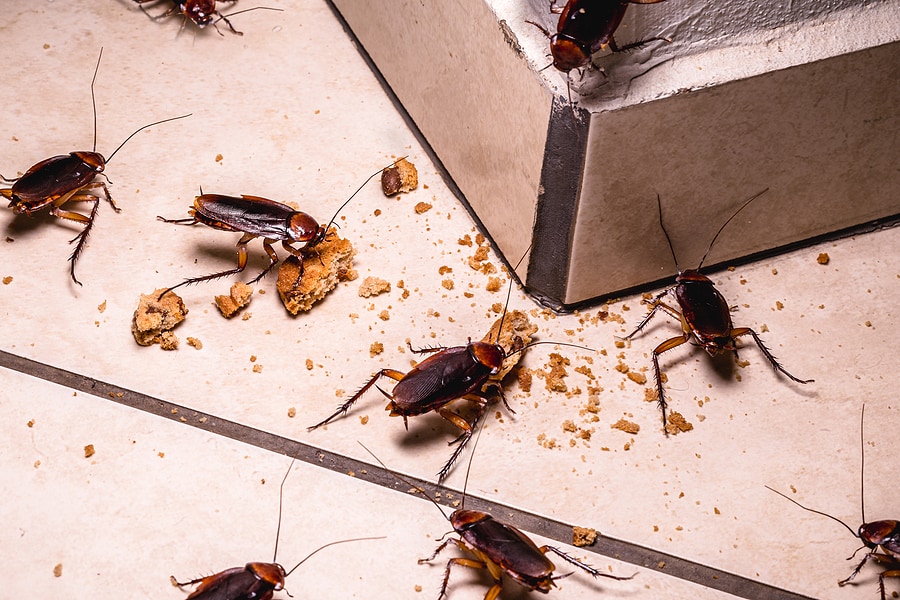
Cockroaches are common household pests that are found worldwide. While they don’t bite or cause structural damage to homes, they can be harmful to your health by contaminating food and other surfaces and triggering allergies and asthma in those affected. Roaches can get into the cleanest of homes in their quest for food, water, and shelter which they need to survive. Once inside, roaches will seek out warmth, moisture, and darkness, often being found in kitchens and bathrooms.
How do they get inside? Roaches have become very resourceful when it comes to getting into places. They can crawl through small holes or cracks in the exterior of buildings, flattening themselves into the smallest spaces. They will also squeeze through openings around doors and windows or sneak through when they’ve been left open too long. They will hitch a ride (or even lay their eggs) on bags, luggage, backpacks, used furniture, used appliances, packages, and even groceries that you bring unknowingly into your home. They can also come in through pipes or other holes in walls (especially shared walls like those in apartments).
If you have the makings of a cockroach infestation, try some of these cockroach prevention tips to help get them under control.
Identify and Prevent Brown Recluse in Your Tennessee Home
6 Signs of Subterranean Termites
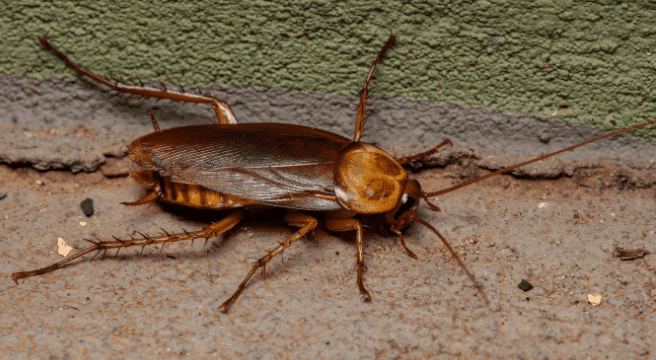
There’s one pest that every homeowner would rather not see inside their home – cockroaches. There are many distinct species of cockroaches, and each has their own unique characteristics. There are two popular types of cockroaches in the southeastern part of the US, but the American Cockroach is the largest and one of the most common out of the two. Here is a breakdown of the American cockroach and how to decide your plan of action to remove them from your home.
What is an American Cockroach?
The American cockroach is a major pest in the United States and is the largest of the home-infesting roaches. They are commonly known as the water bug, the Bombay canary, or the palmetto bug. This specific species is not native to United States, despite its name. They are typically reddish-brown with a yellowish figure eight pattern on the back of their head. They are oval shaped and range from 1 1/4″ to 2 1/8” in length.
Where are They Found?
American cockroaches are typically found outside, but it is not uncommon to find them indoors. During the summer months they can be found outside in areas like flowerbeds and underneath mulch piles. They will typically move indoors when they experience a notable change in the weather or food shortage. They prefer warm, moist, and dark environments such as basements or crawlspaces. These pests can enter structures through the sewer system, via human belongings, or by mass migration from other structures.
Are They a Threat?
The presence of American cockroaches in a home can pose a serious threat to your health. Cockroaches have been known to spread at least 33 kinds of bacteria, including E. Coli and Salmonella, along with different types of parasitic worms and other kinds of human pathogens. They have also been known to elicit year-round allergic reactions and asthma attacks due to their saliva, urine, and fecal droppings.
How Can I Prevent Them?
There are many ways to prevent roaches from entering your home. Here are some of our favorite ways to keep them out.
Finding these pests in your home can be quite alarming. Implementing cockroach prevention measures such as fixing leaks, sealing off entry points, and keeping kitchen and bathrooms clean will help keep these pests out. If this happens despite your best efforts at prevention, consider contacting a professional local pest control company that can help identify your pest, locate points of entry, and provide a prevention plan for your property to help keep roaches out.
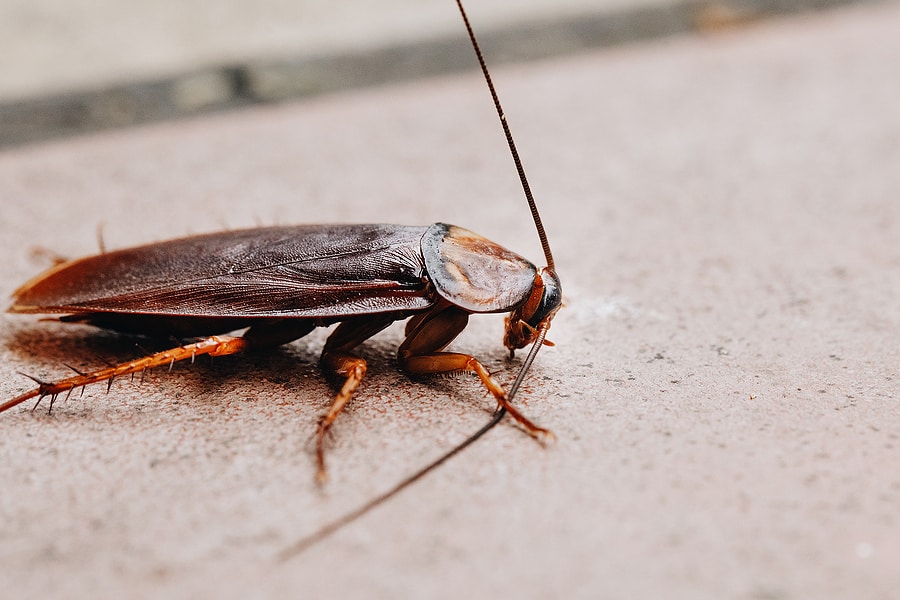
The cockroach might just seem like a creepy, annoying nuisance, but it can cause more damage than expected. Cockroaches transmit over 30 different kinds of bacteria – E. Coli, Salmonella, and more. In addition to this, they can also trigger asthma and allergy attacks as their droppings, saliva and shed skin contain allergens that increase asthma symptoms, especially in children.
As one of the most common household pests, it’s important to keep roaches under control to lessen the effects they cause. Here we breakdown the types of cockroaches you could be seeing in your home and how you can prevent them in the future.
While prevention can help keep cockroaches away, sometimes it’s best to get a professional involved. A local pest control company will be able to inspect your home and provide you with the best treatment and prevention plan going forward.

When a cockroach is seen inside your house, the first reaction is to figure out how to get it out; and the second is how to prevent it from coming back inside in the future! Understanding the difference between and identifying common roach species can help ensure proper treatment and prevention for your home, keeping your family and property safe and healthy. Here we break down the three most common roaches that could be infesting your home.
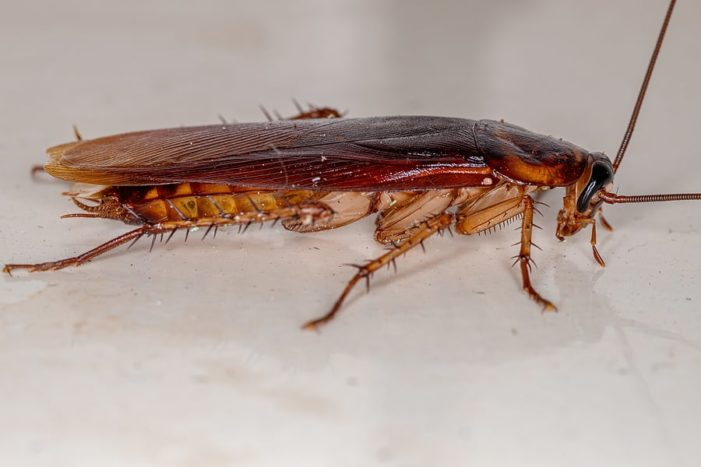
The American cockroach is the largest species in the U.S. These pests are reddish-brown with a shield-like structure that covers their head. Both males and females have wings and can fly short distances. They are also considered the fastest running insects, as they will quickly scamper out of sight when someone enters the room! While these roaches prefer warmer temperatures, they can survive the cold, often looking indoors for warmth. Common places American cockroaches are found are in basements, woodpiles, attics, and crawlspaces.
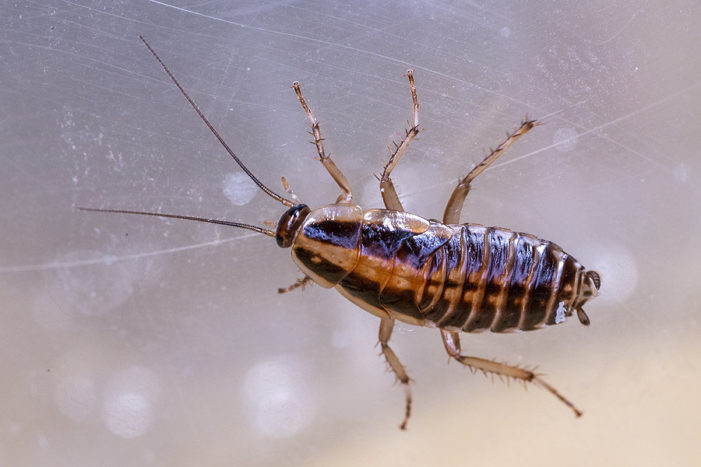
A very recognizable cockroach, the German cockroach is tan with dark brown parallel stripes on the back of its upper thorax. Smaller than the American roach, German roaches measure about ½” to 5/8”. They produce more eggs than any other roach species. While they do have wings, they rarely fly and prefer to run instead. German cockroaches prefer warmer environments, such as bathrooms or basements, but typically can be found in areas where people eat, such as the kitchen.
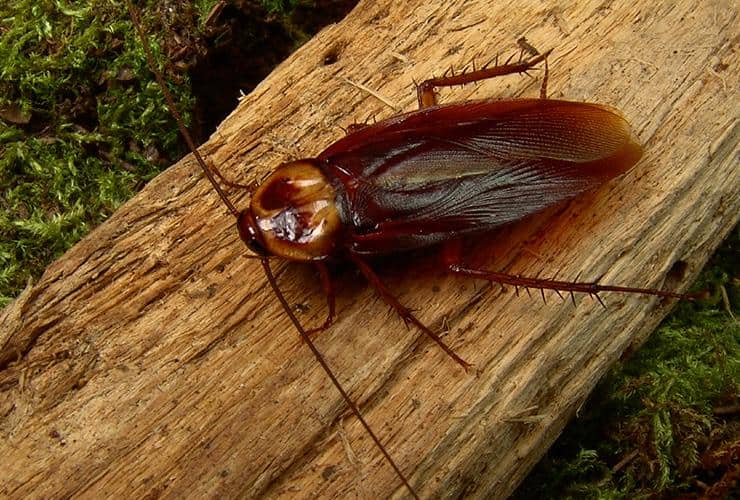
Smokybrown cockroaches are dark cherry or red with a long body length of around 1.5 inches. These roaches prefer areas of humidity and will shelter in neighborhoods with mature hardwood trees to protect them from the winds. Usually active at night, these cockroaches can be found in warm habitats such as tree holes, under mulch, and in sheds.
To avoid any type of cockroach, every homeowner should take preventative measures to keep them out of your home. Some roach prevention tips include:
If you have an issue with roaches, call your local pest control provider who can help properly identify the type of roach(es), locate points of entry, place preventative measures, and effectively eliminate them.

Cockroaches are one of the most common household pests that homeowners have to deal with. These pests are resilient and are known to survive under the harshest conditions. So why do these pests seem so hard to get rid of? What are the best methods to eliminate them from making their way inside your home?
Cockroaches are built to be almost indestructible. Roaches have exoskeletons made up of overlapping plates connected by a stretchy membrane. This membrane is so flexible that it can allow them to fit through small cracks and crevices. Along with their stretchy membrane, they also have a thick outer layer that can protect them and shift when needed.
Since roaches can use their bodies to fit through small areas, they are great at surviving in harsh conditions. Cockroaches will find shelter to avoid harsh temperatures and other predatory pests that threaten them.
While cockroaches are durably built and sneaky, it doesn’t mean that they are impossible to keep from getting inside your home. Consider utilizing these roach prevention tips: